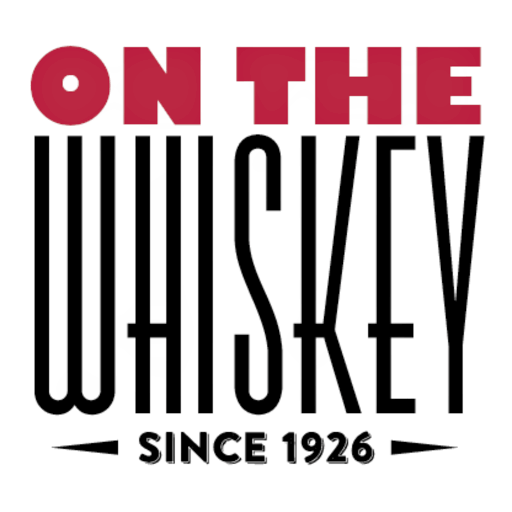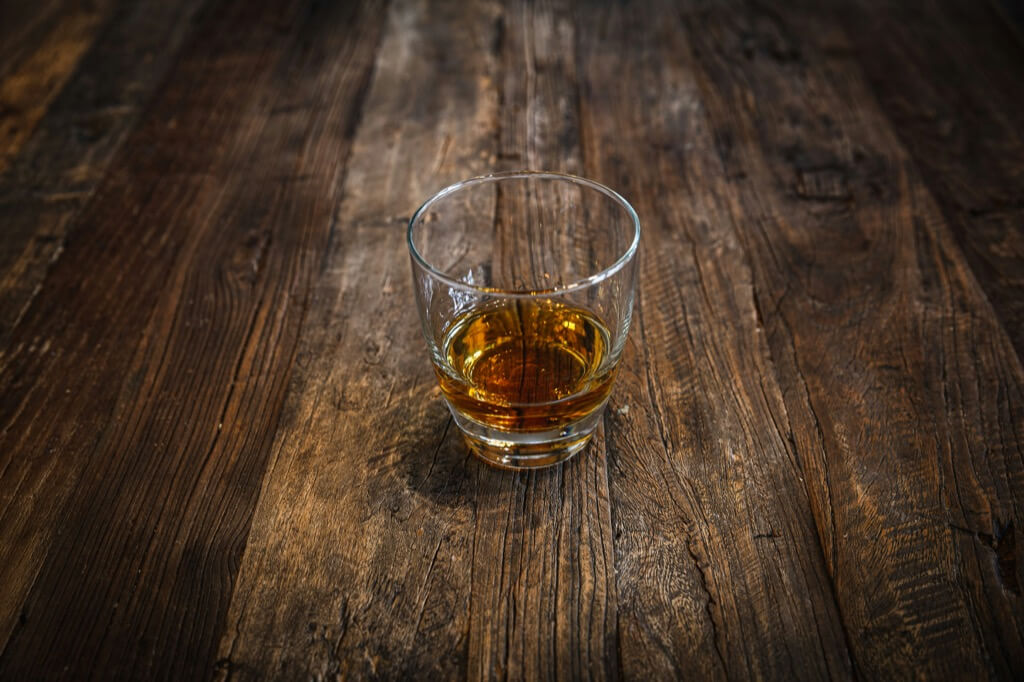The inhabitants of a tiny Tennessee village who discovered a black fungus failed to make the connection between the community and the nearby Jack Daniel’s distillery. The dark stuff that had begun to sprout up on buildings all across town turned out to be whiskey fungus before long. Near whiskey distilleries around the nation, this industrial byproduct is coating houses, automobiles, road signs, and plants, and the neighbors aren’t thrilled about it. Find out if you need to be concerned about whiskey fungus based on what we know about it.
Could You Tell Me What Whiskey Fungus is and How It Grows?
Those who are familiar with whiskey may have heard of the “angel’s share,” the portion of the spirit that evaporates from barrels as it ages. The word “whisky” comes from the old belief that it vaporized into space. Whiskey fungus, it turns out, prefers the “angel’s share” to actual angels. This black, sooty mold grows on whatever it can get its hands on, consuming alcohol vapours from whiskey that has been aged in barrels.
Despite all the buzz about it recently, the whiskey fungus has been around for a while. According to Antonin Baudoin, the director of the French Distillers’ Association, Cognac, France’s brandy factories experienced a “plague of soot” in 1872. Now jump ahead 125 years to James Scott, a professor and scientist at the University of Toronto’s Dalla Lana School of Public Health. Scott has been researching the fungus since 2001, and in recognition of Baudoin, he gave it the genus name Baudoinia compniacensis.
Lincoln County, Tennessee locals have been fighting the sooty crust that has been sweeping across surrounding towns for months; their county is adjacent to the Jack Daniel’s distillery. It seems to be spreading rapidly, from house siding to bird feeders, trees, and outdoor furniture. Even after using bleach and power washers, several locals report that the fungus returns to their homes in a few months. They are now deciding to handle the situation independently. Lincoln County was sued in January by Christi Long, owner of a wedding and event facility, who claimed that the barrelhouses near her property, owned by Jack Daniel’s did not have the necessary permissions. The judge temporarily halted Jack Daniel’s new barrelhouse construction.
A similar situation has arisen in a small Maine community. To accommodate future growth, the York, Maine distillery Wiggly Bridge intends to construct two more rickhouses in a nearby residential area. Dark mold areas were popping up throughout town, which only served to heighten the people’s anxieties. While the town planning board determines if the mold is whiskey fungus, expansion of this local manufacturing has been temporarily halted.
Sourcing and Sustainability
One aspect not frequently discussed is the impact of whiskey fungus on the natural environment surrounding distilleries. This mold thrives on the ethanol vapors, which could potentially affect local flora, altering the ecosystem in ways that might, over time, influence the raw materials—like water and grains—essential to whiskey production.
Community and Craft Relations
Whiskey production, especially in regions celebrated for their distilling heritage, is deeply entwined with local communities. The presence of whiskey fungus could necessitate new practices and technologies in distilling processes to mitigate its spread. This evolution could influence how distilleries operate, potentially affecting the very character of the whiskey produced.
The Aesthetics of Aging
The aging process is central to the development of whiskey’s complex flavors. The environments in which barrels are stored—a key component of this process—might be indirectly influenced by whiskey fungus, especially in outdoor aging areas where the fungus could affect the microclimate around the barrels. Although speculative, any change in the ambient conditions could have subtle effects on the aging process, possibly introducing new variables into the flavor equation.
For distilleries, addressing the spread of whiskey fungus isn’t just about community relations; it’s about preserving the integrity of whiskey production. Implementing sustainable practices, such as closed-loop systems to capture ethanol vapors, could mitigate the fungus’s growth while also reducing waste. This approach not only addresses environmental concerns but also aligns with a growing consumer demand for sustainability in the products they love. For you, supporting distilleries engaged in these practices means contributing to a sustainable future for whiskey production.
While the immediate thoughts drift toward the negative impacts, a comprehensive analysis reveals a spectrum of effects, some of which might be seen in a different light when considering broader ecological and economic contexts. Below, we delve into the less-discussed pros and cons of whiskey fungus.
Pros of Whiskey Fungus
- Ecological Insight and Research Opportunities:
- Promotes further scientific research into fungal species and their interactions with human-made environments, enhancing our understanding of bioaerosols and their ecological roles.
- Offers insights into the resilience and adaptability of fungi, contributing to broader ecological studies and biodiversity conservation efforts.
- Innovative Industrial Solutions:
- Spurs innovation in the whiskey industry to develop more sustainable production techniques, potentially leading to advancements in biofiltration and vapor recovery technologies.
- Encourages distilleries to adopt green practices, reducing their environmental footprint and contributing to industry-wide sustainability.
- Community Engagement and Awareness:
- Raises awareness about the impact of industrial activities on local ecosystems, promoting community involvement in environmental stewardship.
- Strengthens the relationship between distilleries and surrounding communities through collaborative efforts to mitigate the spread of the fungus.
Cons of Whiskey Fungus
- Environmental and Ecological Concerns:
- Potential negative impact on local flora and fauna, altering ecosystems around distilleries due to the change in fungal populations.
- Risks to plant health in surrounding areas, as the fungus could outcompete native species or disrupt the balance of local ecosystems.
- Economic Implications for Property Owners:
- Financial burden on homeowners and businesses in affected areas due to cleaning costs and potential property value decreases.
- Insurance and liability issues for distilleries, leading to increased operational costs that could be passed on to consumers.
- Health and Quality of Life Issues:
- Possible health concerns for individuals with respiratory conditions or compromised immune systems, although direct health impacts require further research.
- Decreased quality of life for residents in affected areas due to aesthetic and maintenance issues associated with fungal growth on properties.
- Regulatory and Legal Challenges:
- Potential for increased regulation and oversight of distillery operations, leading to additional compliance costs.
- Legal disputes and community opposition could delay expansion plans for distilleries, impacting their growth and economic contributions to local economies.
Is Whiskey Fungus Anything to Be Concerned About?
There is nothing to be concerned about unless you happen to be near a massive whiskey distillery, such as Jack Daniel’s. Scott claims that the quantity of fungus in a region is proportional to the distillery’s size and the quantity of aged spirits.
You can find bauhinia within a hundred or two hundred yards of distilleries that have twenty thousand to thirty thousand barrels of stored alcohol, and for locations with one million barrels or more, the radius can extend up to two or three miles. Most small-scale businesses with storage capacities of 5,000 to 10,000 barrels are not producing any issues. “Growth, if it occurs, would be constrained to the immediate neighboring area.” That is why it is even more important to support independent distilleries.

